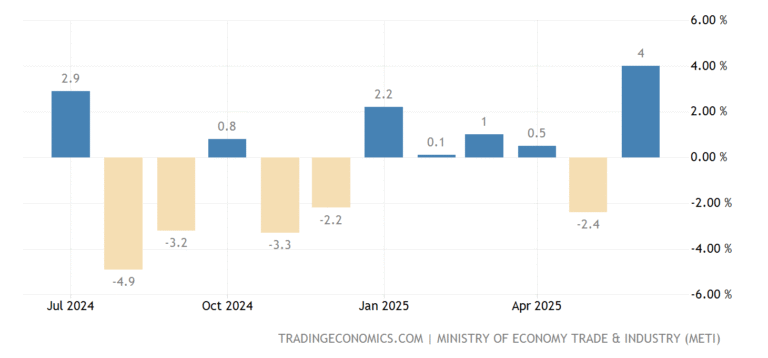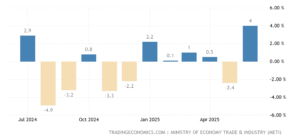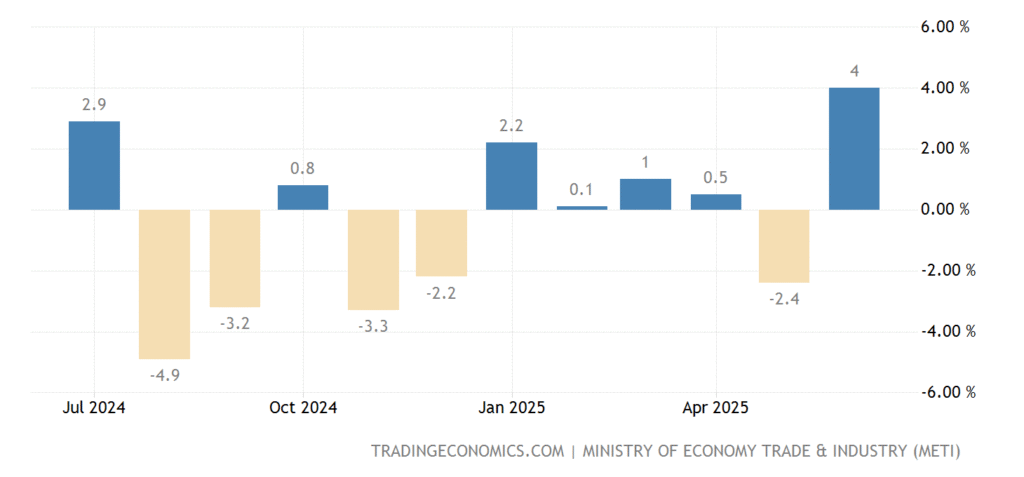When a merchant in Cape Town sells a product to a buyer in Toronto, the payment journey can be surprisingly complex. Traditional channels involve multiple correspondent banks, fluctuating exchange rates, and settlement times that stretch into days. Now imagine the same transaction settled in seconds, with minimal fees, using a digital token that retains its value regardless of market volatility. This is the promise of stablecoins — and it’s why they are rapidly emerging as a critical force in the future of global commerce.
Stablecoins, pegged to stable assets like the U.S. dollar, euro, or even commodities such as gold, bridge the gap between volatile cryptocurrencies and the stability of fiat money. Their appeal lies in offering the speed and borderless nature of blockchain payments while maintaining the predictability businesses and consumers need. As the global economy becomes increasingly digital, stablecoins are not just reshaping how money moves — they’re changing who gets to participate in that movement.
From Speculation to Utility
Bitcoin may have introduced the world to decentralized money, but its price volatility makes it impractical for routine transactions. Stablecoins emerged to solve this problem, offering a digital asset that holds its value over time.
The earliest stablecoins, like Tether (USDT) and USD Coin (USDC), targeted crypto traders who needed a stable unit of account between trades. Today, their use cases have expanded far beyond exchanges. Freelancers use them to get paid in minutes rather than weeks. Merchants accept them to avoid high card processing fees. NGOs distribute aid via stablecoins to reach communities excluded from traditional banking.
According to Chainalysis’ 2024 Global Crypto Adoption Index, stablecoin transactions now account for more than half of all on-chain value transferred, a sign that their role is shifting from niche tool to mainstream payment medium.
Reducing Cross-Border Friction
One of the most significant contributions of stablecoins is in cross-border commerce. The World Bank estimates that average global remittance fees hover around 6%, with some corridors exceeding 10%. Stablecoin transfers can reduce these costs to less than 1%, with settlement in seconds rather than days.
For small and medium enterprises (SMEs) engaged in international trade, this speed and cost efficiency can be transformative. A boutique apparel maker in Vietnam, for example, can ship goods to customers in the U.S. and receive payment via USDC almost instantly — without navigating bank cut-off times or costly currency conversions.
Regulatory Landscape and Trust
While stablecoins offer compelling benefits, they also sit under an increasingly watchful regulatory eye. The collapse of algorithmic stablecoin TerraUSD in 2022 prompted governments to tighten scrutiny on how stablecoins are backed and audited.
The European Union’s Markets in Crypto-Assets (MiCA) regulation requires stablecoin issuers to maintain transparent reserves and submit to ongoing oversight. In the U.S., proposed legislation aims to mandate regular audits and limit issuance to licensed entities. These measures could help build trust among institutional players and large-scale merchants — but they may also increase compliance costs for issuers.
Merchant Adoption and Integration
For stablecoins to reach their full potential in global commerce, they must be as easy to use as existing payment methods. This is where multi-functional wallets and payment processors come into play.
Platforms like Voyallet are leading the way by integrating stablecoin payments alongside traditional crypto and fiat options. Merchants can accept USDC or USDT directly, convert it to their preferred currency instantly, and even spend it abroad using linked crypto cards. This kind of seamless integration reduces adoption barriers and allows stablecoins to slot naturally into existing business workflows.
The Human Element: Stories from the Ground
Consider Juan, a graphic designer in Argentina, who receives his monthly salary in USDC to protect his earnings from local inflation. Or Aisha, a small shop owner in Kenya, who uses stablecoins to pay suppliers in Asia without losing margins to bank fees.
These stories highlight stablecoins’ potential not just as a business tool, but as a financial equalizer — empowering individuals to bypass traditional barriers to global commerce. In regions where local currencies are volatile or banking services are scarce, stablecoins can offer a level of financial stability previously out of reach.
Challenges to Overcome
Despite their promise, stablecoins face notable challenges:
- Regulatory Uncertainty: Differing rules across jurisdictions can complicate cross-border use.
- Technical Barriers: Not all businesses or consumers are comfortable using blockchain-based tools.
- Liquidity and Acceptance: While growing, stablecoin merchant acceptance still lags behind traditional card networks.
Addressing these issues will require cooperation between regulators, fintech providers, and the broader blockchain community.
Actionable Takeaways for Businesses and Individuals
- Explore Stablecoin Payment Options: Assess whether adding stablecoins to your accepted payment methods could open new markets.
- Use Secure, Multi-Functional Wallets: Choose wallets like Voyallet that support stablecoin transactions alongside other assets, with strong security features.
- Stay Compliant: Keep up-to-date on stablecoin regulations in your operating markets to avoid disruptions.
- Educate Your Network: Share knowledge about stablecoin benefits with suppliers, partners, and customers to encourage broader adoption.
Looking Ahead
Stablecoins are poised to become a cornerstone of digital commerce, especially in cross-border contexts. They offer the speed of blockchain, the familiarity of fiat, and — with proper regulation — the trust needed for mass adoption.
In the coming years, we can expect stablecoins to integrate more deeply into retail and wholesale payments, payroll systems, and even government disbursements. As the global economy becomes more interconnected, the ability to move value quickly, cheaply, and predictably will be a decisive advantage.
The next wave of global commerce will be shaped not just by technology, but by the choices of those who embrace it early. Stablecoins are here to stay — and for those ready to leverage them, the future is already within reach.













